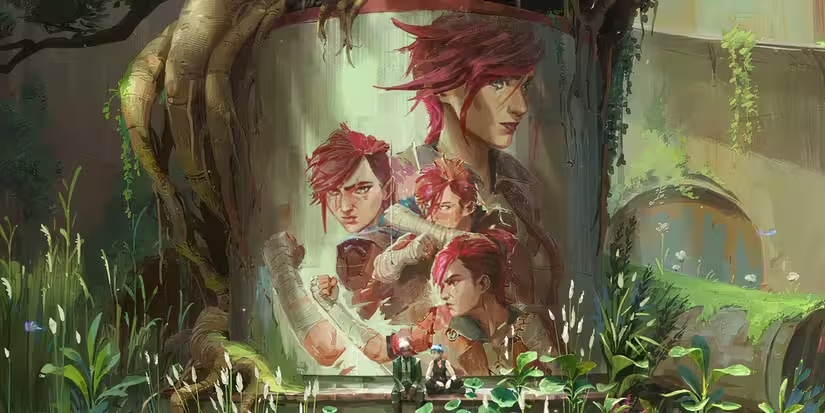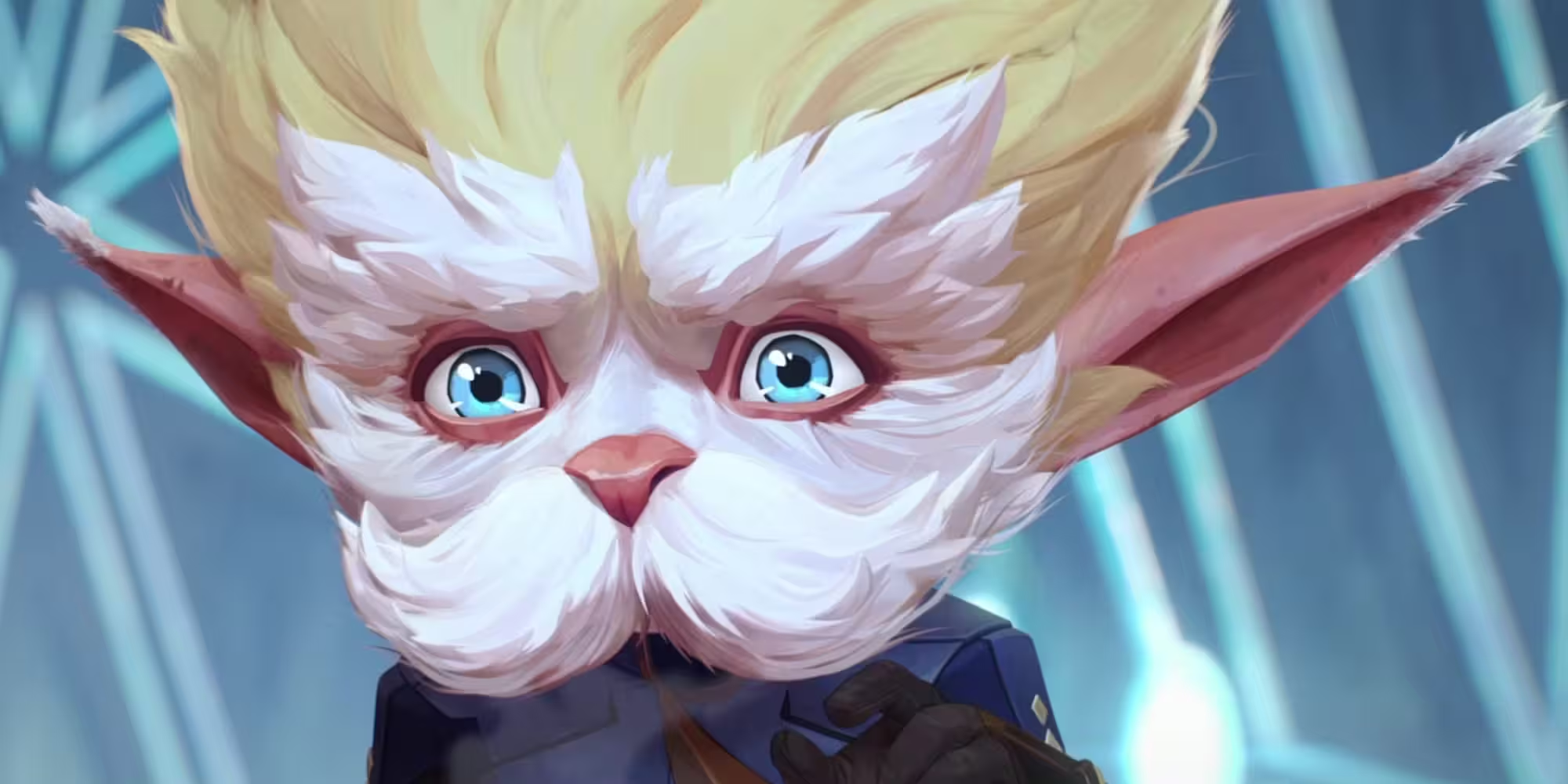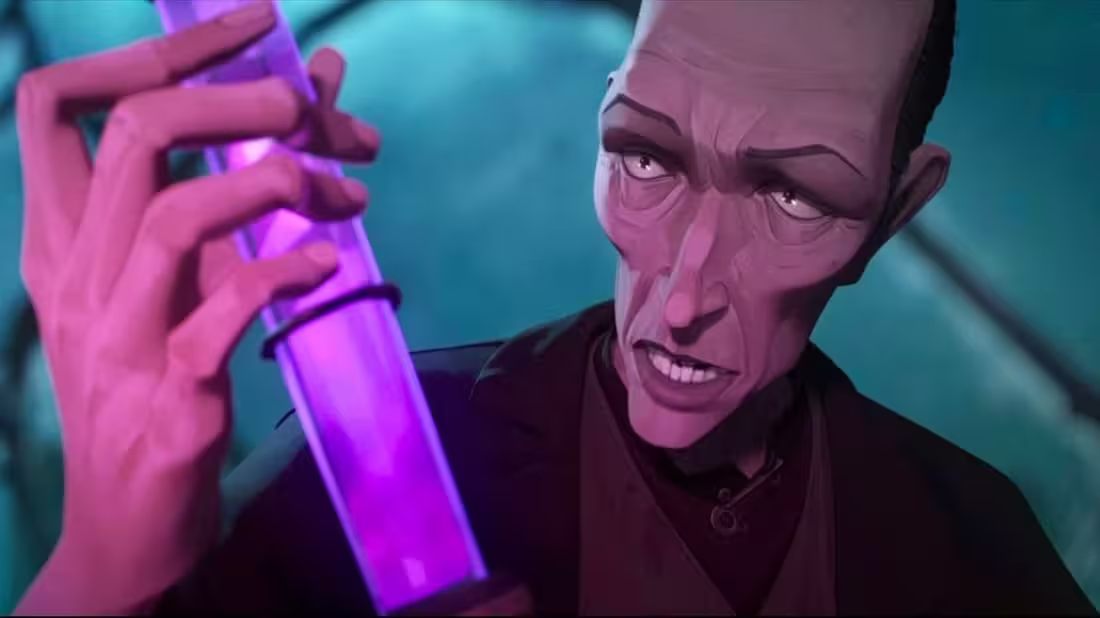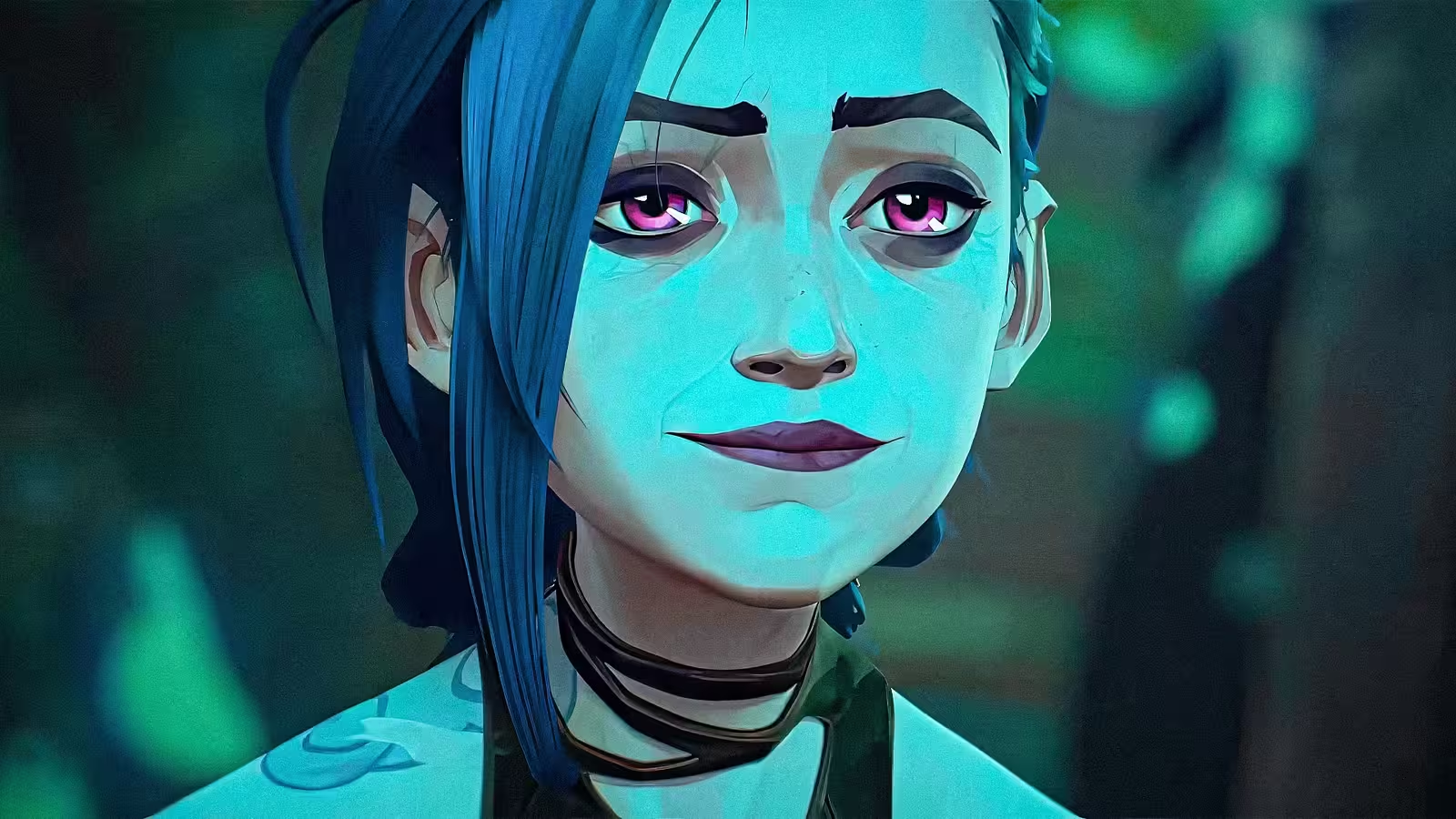7 Minutes
Introduction: A Show That Demands to Be Watched
Arcane arrived on Netflix as more than a streaming event—it felt like a statement. This animated steampunk sci‑fi series, born from the League of Legends universe and produced by Riot Games with Fortiche Production, refused to be background noise. Every frame feels deliberate, every camera move cinematic, and every character arc crafted so that viewers—whether longtime players or newcomers—are pulled into its world and held there.
What Arcane Does Differently
Arcane thrives because it treats adaptation as reinvention. Rather than a checklist of references for fans, the show builds an emotionally honest story where the source material enhances rather than defines the experience. Piltover and Zaun—twin cities separated by power, wealth, and light—are rendered as living ecosystems. The show uses steampunk aesthetics, hextech science, and the addictive ingredient Shimmer to explore inequality, ambition, and the human cost of progress.
Visual storytelling is integral: Fortiche’s hybrid animation blends painterly textures with 3D animation to create a tactile world where light and smoke become characters of their own. In Piltover the light is clean and precise; in Zaun it cuts through grime. That design choice is more than style—it’s narrative.

Key performances that anchor the series
The voice work, particularly Ella Purnell’s Jinx and Hailee Steinfeld’s Vi, turns archetypes into fully realized people. Jinx’s volatility is heartbreaking because the performance allows fragility and menace to coexist; Vi’s determination is human-scaled, never merely heroic. This is a show where intimate acting choices carry the weight of grand sci‑fi ideas.
How Arcane Fits Into the Current Wave of Video Game Adaptations
In recent years the industry has seen a shift: adaptations now aim for prestige rather than quick cash. Arcane sits alongside projects like HBO’s The Last of Us and Netflix’s Castlevania as part of a new era where studios prioritize narrative integrity, production design, and fidelity to character over slavish fan service.
But Arcane is unique in how it balances the two audiences. Gamers recognize champions reimagined on screen, while newcomers can watch and care without any knowledge of League of Legends. The lore is rich enough for dedicated fans yet never used as a gatekeeping device. That balance is a blueprint for future game-to-screen projects.
.avif)
Industry context and cultural impact
Arcane’s success pushed conversations about how game companies—and animation studios—should approach storytelling. High production values, cross‑media worldbuilding, and music collaborations (notably charting singles tied to the show) showcased a comprehensive approach to transmedia entertainment. Its reception proved that audiences will reward risk and artistry, elevating expectations for what a video game adaptation can be.
Behind the Scenes & Interesting Trivia
- Studio Fortiche’s hybrid animation technique merges hand‑painted textures with 3D models, producing the show’s distinctive look.
- Riot Games invested heavily in narrative development, hiring dedicated writers and showrunners to expand League’s backstory rather than simply adapting in‑game lore.
- The series was released in three acts across November 2021, keeping momentum and conversation alive week after week.
- The soundtrack and original songs—created to echo the emotional beats of the story—helped the show cross over to mainstream music audiences.
Comparisons: What Arcane Reminds Us Of
- Castlevania (Netflix): Both are animated adaptations that elevated source material with mature themes and cinematic direction, but Arcane leans more heavily into visual poetry and socio‑political worldbuilding.
- The Last of Us (HBO): Like HBO’s adaptation, Arcane makes human relationships the engine of a larger dystopian tension; where The Last of Us explores survival and grief, Arcane interrogates innovation, inequality, and the ethics of scientific progress.
These comparisons place Arcane within an emerging genre of prestige adaptations that prioritize character-driven drama and bold visual identity.

Critical Perspectives and Deeper Themes
Arcane isn’t flawless—some critics argue certain plot compressions sacrifice nuance, and its ambition occasionally outruns its runtime. Yet those choices are part of a creative gamble: the series opts for a focused, emotionally immediate narrative rather than sprawling, encyclopedic exposition.
At its heart, Arcane is about transformation—personal, technological, and systemic. Sci‑fi devices like hextech and Shimmer act as metaphors for addiction to power, the commodification of science, and the social consequences that follow. The show doesn’t paint clear heroes and villains; instead, it shows how trauma, loyalty, and desperation push people toward choices that resonate in the real world.
—Film critic Naomi Kline, cultural commentator, says: "Arcane succeeds because it trusts its audience to feel with its characters rather than be lectured to. Its emotional honesty lifts the spectacle into something genuinely affecting."
Why Arcane Feels Complete From Start to Finish
Narratively, the series threads multiple character arcs with apparent care. Each episode builds toward payoffs that feel earned without resorting to cheap shocks. The pacing is deliberate: moments of action are balanced by quieter scenes that deepen character, and the show’s visuals and soundtrack consistently underscore the story’s emotional core.
This structural discipline—combined with standout animation, committed performances, and worldbuilding that never forgets the human stakes—explains why many viewers call Arcane “unskippable.” It’s a rare modern series that rewards attention without punishing new fans.

Final Thoughts and Ongoing Legacy
Arcane raised the bar for what video game adaptations can achieve: a fully formed narrative universe, a striking visual language, and characters who matter beyond the IP. It influenced how studios approach transmedia storytelling and helped normalize the idea that animated series can be as emotionally resonant and culturally significant as live‑action prestige TV.
For fans of sci‑fi, animation, and smart adaptations, Arcane is both a model and a challenge—proof that fidelity to emotional truth matters more than checklist Easter eggs. As the industry continues to evolve, Arcane will likely be referenced as the moment animations and game studios learned to trust story over spectacle.
Conclusion
Arcane is not just a successful Netflix show; it’s a landmark in how to adapt interactive worlds for a global audience. Its steampunk sci‑fi setting, powerful performances, and bold visual design make it a must‑watch for anyone interested in the future of animation, video game adaptations, and cinematic storytelling. Whether you come for the lore or the character drama, Arcane delivers an immersive experience that stays with you long after the credits roll.
Source: screenrant


Leave a Comment